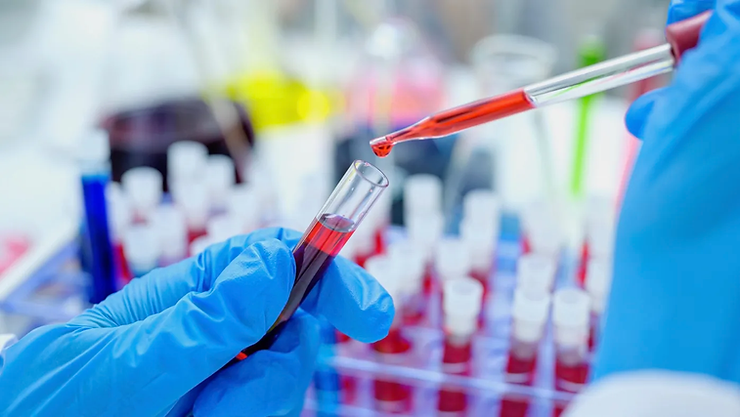By: Bryan Zou
A 66-year-old man, dubbed the ‘City of Hope’ patient, was recently cured of HIV (Human Immunodeficiency Virus) through stem-cell transplants.
After receiving the transplant in 2019, he eventually was found to be free of HIV as well as his accompanying leukemia. His body has been free for 17 months even after stopping antiretroviral therapy. The old man’s entire immune system eventually became copies of the stem cells. He was originally diagnosed with HIV in 1988 and was diagnosed with AIDS in the 1990’s, a more severe form of HIV. 30 years after being diagnosed with HIV, he was also diagnosed with acute myelogenous leukemia. He says, “when I was diagnosed with HIV in 1988, like many others, I thought it was a death sentence, I never thought I would live to see the day that I no longer have HIV.” As the fifth person to be cured using stem cell transplants, the technology is still quite new.
Stem cells are a special type of cell that copies itself to make other cells. The immune system is composed of white blood cells, which are copies of hematopoietic stem cells. The hematopoietic stem cells make blood cells which can be white blood cells, red blood cells that transport oxygen, or platelets that clot up to stop infections. Hematopoietic stem cells are stored in the bone marrow and are vital for human survival. Without these stem cells, a human would quickly lose their entire immune system from the lack of white blood cells. From there, pathogens could easily overwhelm the body since there isn’t anything to stop them.
HIV works through interrupting the immune system in a way. One type of white blood cell is known as T cells. These cells have unique receptors that have a match with a virus. If a match with an intruder is found, then the T cells either inform other cells or destroy the virus / bacteria. HIV infects the T cells and destroys them, preventing the immune system from being able to identify and kill intruders.
HIV can only infect T cells with a specific receptor that allows the virus to get inside and destroy them from the inside. This receptor is known as the CCR5 co-receptor, and most T cells have them. A specific genetic mutation has T cells without these receptors, and by transplanting stem cells with the mutation, T cells will eventually repopulate into ones without the CCR5 co-receptor.
Dr Jana Dickter from the City of Hope cancer center says, “The City of Hope patient’s case, if the right donor can be identified, may open up the opportunity for more older patients living with HIV and blood cancers to receive a stem cell transplant and go into remission for both diseases.” The patient saw many friends die from HIV/AIDS but hopefully now, he can live in peace without being worried about his lifespan being cut short.
Sources:











